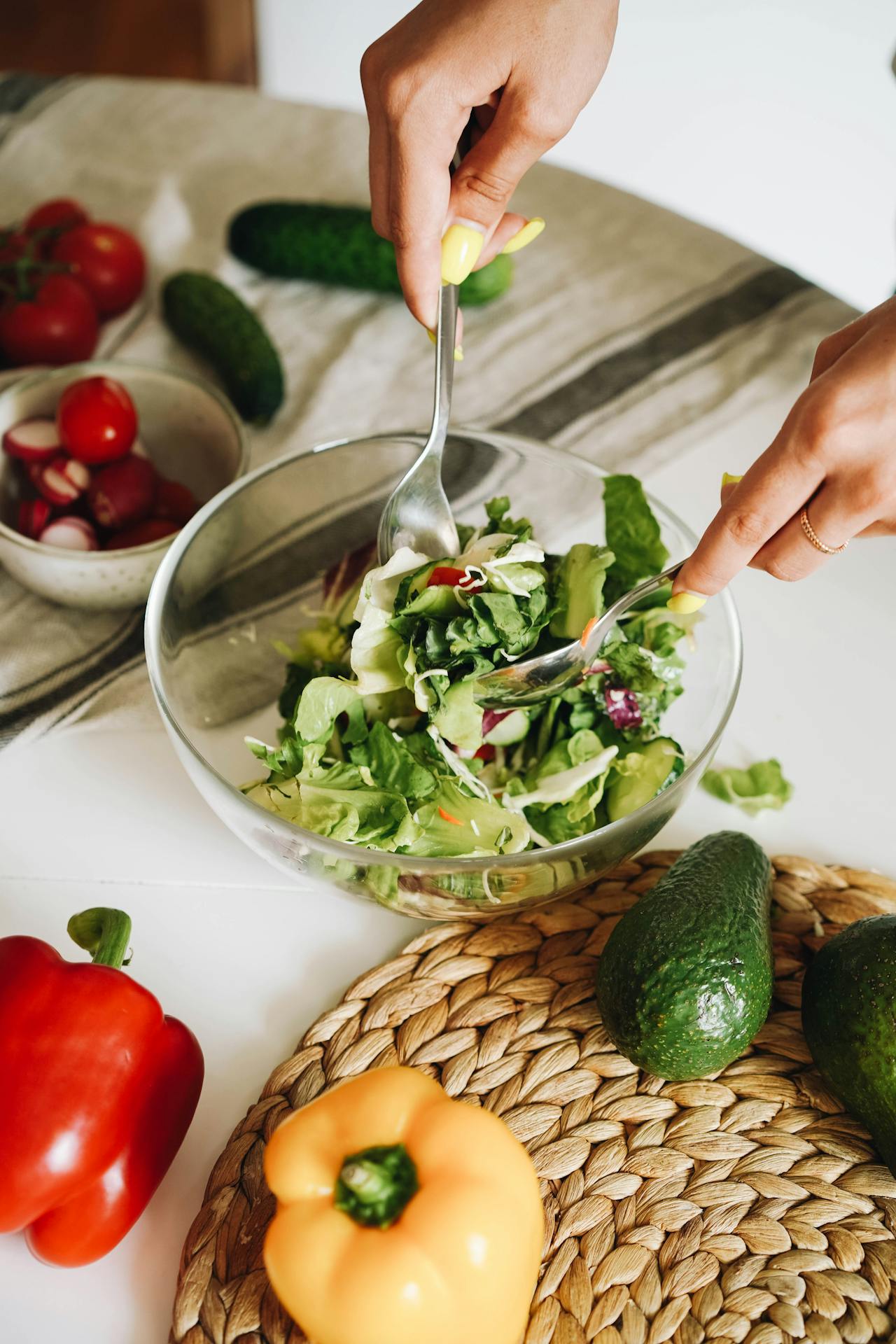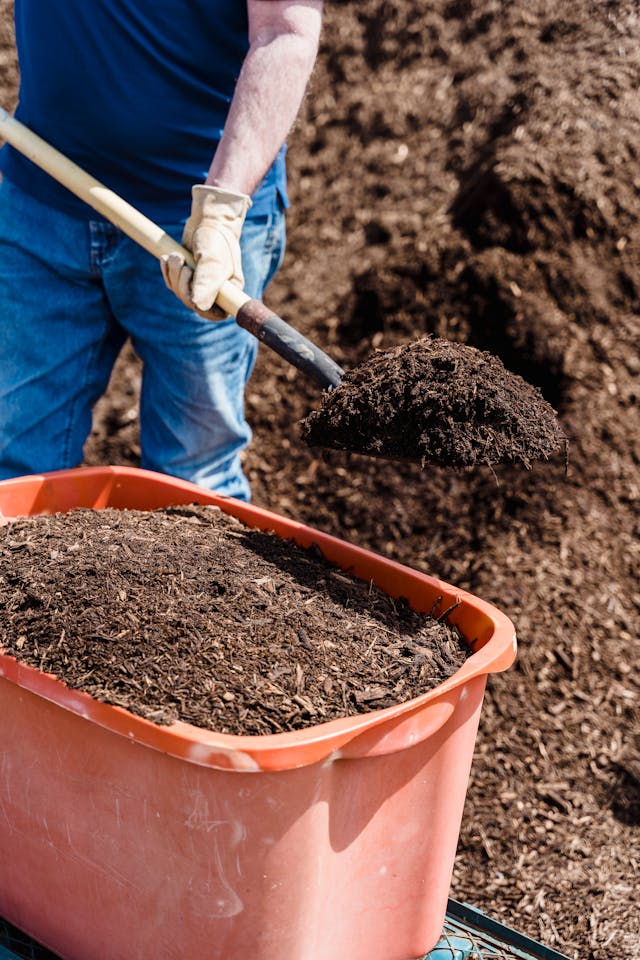Eating Seasonally on the Homestead: A Guide to Meal Planning

Embracing seasonal eating on your homestead transforms meal planning into a sustainable, flavorful adventure. By aligning your diet with nature’s rhythms, you’ll savor produce at its peak of freshness and nutrition. This guide will walk you through finding local seasonal produce, setting up a flexible menu, using preservation techniques to make the most of your harvest, and overcoming challenges along the way. With some creativity and practical steps, you can make seasonal meal planning a natural part of homestead life.
Understanding Seasonal Eating
At the heart of seasonal eating is harmony with nature. This way of planning meals taps into long-standing wisdom, connecting your diet with the Earth’s natural cycles. When you eat what’s in season, you’re getting fruits and vegetables at their freshest, most nutrient-dense state.
To start eating seasonally, begin by getting familiar with what grows in your area throughout the year. Visit farmers' markets, explore community-supported agriculture (CSA), and observe the patterns in your own garden. These local resources give you a glimpse into what’s naturally available and help you plan meals around it. Rather than relying on the grocery store's year-round offerings, try building meals around what’s in season. It’s a great way to add variety, deepen your connection with your food, and discover new flavors.
The Environmental Impact of Seasonal Eating
One of the most meaningful aspects of eating seasonally is its environmental impact. When you prioritize local, in-season foods, you reduce the need for transportation, storage, and refrigeration associated with produce that’s shipped from other regions. This shift lowers your carbon footprint and reduces the energy required to get food from the farm to your plate.
Seasonal eating also supports sustainable farming practices by reducing demand for industrial-scale agriculture, which often relies heavily on pesticides, synthetic fertilizers, and monoculture practices. Supporting small, local farms or growing food yourself aligns with sustainable homesteading and helps maintain biodiversity in agriculture. For an even more sustainable approach, consider reducing food waste through composting or reusing kitchen scraps to enrich your garden soil, completing the cycle of growing and consuming food on your homestead.
Benefits of Homestead Meal Planning

Seasonal meal planning on the homestead offers several benefits:
- Nutrient-Dense Foods: By prioritizing fresh, homegrown ingredients, you reduce your exposure to additives and maximize nutritional content.
- Self-Reliance and Sustainability: Homestead meal planning aligns with sustainable living, making the most of on-site resources.
- Cost Savings: Seasonal eating can lower grocery expenses and even generate income if you sell surplus produce.
Integrating sustainable practices like gardening and small-scale livestock raising ensures a consistent supply of nutrient-dense foods and supports a cleaner, whole-food lifestyle. Eating seasonally becomes second nature as you incorporate these practices into your meal planning, enriching both your health and your homestead’s productivity.
Identifying Local Seasonal Produce
Identifying local seasonal produce is essential for homestead meal planning. Familiarize yourself with what’s available in your area by visiting farmers' markets, CSAs, and roadside stands, which often showcase the freshest local produce.
You can also look closer to home. By observing what’s growing abundantly in your garden or community gardens, you can plan meals based on what’s thriving seasonally. Use regional produce guides to gain an overview of seasonal availability specific to your climate. Watching for changes in the grocery store’s produce section, like price shifts or limited availability, is another way to stay in tune with seasonal cycles.
Here are some examples of seasonal produce by season:
- Spring: Spinach, asparagus, radishes, strawberries.
- Summer: Tomatoes, zucchini, cucumbers, blueberries.
- Fall: Apples, pumpkins, sweet potatoes, butternut squash.
- Winter: Cabbage, carrots, citrus fruits (in warmer regions), hearty root vegetables.
Start by growing or purchasing a few seasonal items each season to get familiar with local options and build up a diverse range of produce over time.
Seasonal Eating and Nutritional Benefits
Eating seasonally provides a natural balance of nutrients, as each season offers foods that align with your body’s needs. For example, in the fall, produce like pumpkins and squashes are rich in beta-carotene, supporting immunity during colder months. In winter, citrus fruits are packed with Vitamin C, an essential nutrient that boosts immune health.
By eating seasonally, you benefit from the nutrient density of fruits and vegetables that are harvested at their peak. Try pairing seasonal produce with herbs and spices that enhance their flavor and nutritional value. For instance, fall root vegetables pair well with rosemary and thyme, while summer tomatoes come to life with basil. This approach enhances both flavor and health, creating a richer, more varied diet.
Creating a Seasonal Menu Rotation
A seasonal menu rotation is foundational to homestead meal planning. A rotation helps you incorporate diverse, nutrient-rich ingredients into your diet, saving money and aligning meals with nature’s abundance.
- Plan Seasonally: Create a calendar that outlines your menu based on what’s in season. This might include a mix of seasonal fruits, vegetables, proteins, and grains.
- Adjust Portion Sizes: Be flexible with portion sizes and ingredients based on availability and seasonal shifts.
- Experiment with Recipes: Try new seasonal recipes and methods to keep meals interesting. This approach will ensure a variety of flavors and prevent mealtime monotony.
- Preserve Your Harvest: Store surplus produce through canning, freezing, or dehydrating to extend its use beyond the growing season. Preserving your harvest helps ensure a year-round supply of homestead ingredients, regardless of seasonal constraints.
Sample meal ideas for each season can also help you get started with a seasonal rotation. For example, enjoy a hearty vegetable stew in winter, a fresh berry salad in spring, grilled zucchini in summer, and roasted squash in the fall. Rotate these meals with the changing seasons to keep things interesting.
Getting Started with Food Preservation

Preserving the harvest is key to making seasonal eating work year-round. By storing excess produce, you’re not just saving food; you’re securing access to nutrient-rich ingredients during off-seasons.
- Invest in Essential Equipment: Tools like pressure canners, dehydrators, and freezers make it easier to preserve the harvest. Canning, dehydrating, and freezing are practical methods for extending the shelf life of your homegrown produce.
- Choose Preservation Methods that Work for You:
- Canning: Ideal for sauces, jams, and whole fruits and vegetables, canning maintains flavor and nutrients.
- Dehydrating: Great for making shelf-stable, lightweight foods, perfect for snacks and meal ingredients.
- Freezing: A quick, convenient way to preserve flavor and nutrients.
Some simple starter projects include canning tomato sauce, drying herbs, or freezing berries for later use. Set up a rotation system to ensure you’re using preserved foods regularly, keeping them fresh and avoiding waste.
Overcoming Seasonal Eating Challenges
While seasonal eating on the homestead offers many rewards, it also comes with challenges. Here’s how to address them:
- Adapt Meal Plans to Availability: Be prepared to modify recipes and meal plans based on what’s in season. Flexibility is key.
- Budget for Seasonal Sourcing: Seasonal eating may require some budget planning. Farmers' markets, CSAs, and bulk buying during peak harvests can help manage costs.
- Winter Storage and Planning: For colder months, rely on preserved foods. Build a rotating menu that includes preserved items from your garden and any remaining fresh produce.
- Involve Your Household: Educate family members on the benefits of seasonal eating and encourage participation in meal planning. When everyone understands the advantages, transitioning to a seasonal diet becomes easier.
For those with limited winter produce, consider bartering or trading with nearby homesteaders for different preserved goods or joining a co-op. These options can help you access a variety of ingredients year-round.
Conclusion
Seasonal homestead meal planning offers a sustainable, nutritious way to connect with nature while enhancing self-reliance. By learning to identify local produce, planning a menu around seasonal abundance, and mastering preservation techniques, you’ll create a meal plan that aligns with natural rhythms and supports a rewarding homestead lifestyle. Start small, perhaps by focusing on one or two seasonal items, and gradually build on this foundation. In time, eating seasonally will feel as natural as the changing seasons themselves, creating meals that nourish both body and soul.




